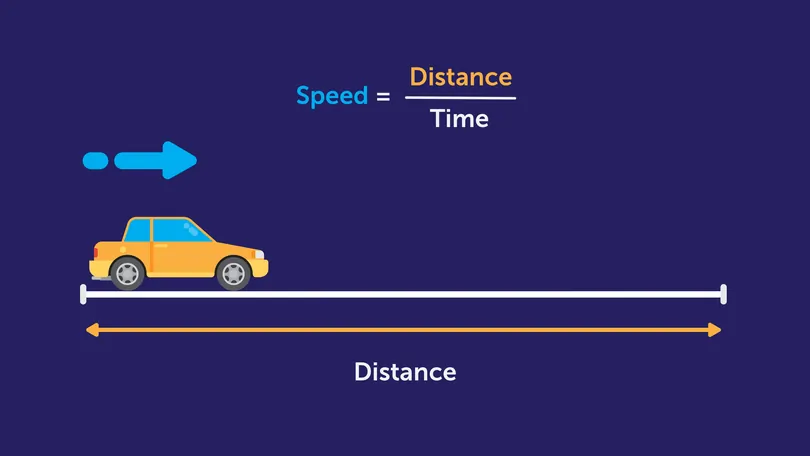Mastering PSLE Maths speed questions: A proven trick
- Tags:
- Primary Maths

Solving speed questions in the PSLE Mathematics paper can be tough for students. In recent years, we've come across many challenging speed-related questions, like this one that stumped many students. To tackle these problems, you need a good understanding of how speed, time, and distance are connected. But don't worry, we have a clever trick to help you handle them with confidence.
In this article, we'll walk you through the process using the tips mentioned above.
Understanding the basics
Before we dive into the trick, it's crucial to understand the fundamental equation that underpins speed, time, and distance problems:
Distance = Speed × Time
This equation is your best friend when dealing with these types of questions. It relates the distance travelled by an object to its speed and the time it takes to travel.
The trick: Inverse ratio method
Now, here's where the trick comes into play: the Inverse Ratio Method.
This method is incredibly useful when you're given information about time but not speed or distance. It allows you to solve speed questions efficiently.
Let's break it down:
Start with the time ratio
Begin by comparing the time taken by different objects or individuals. For instance, if one person takes 6 hours, and the other takes 4 hours, the time ratio is 6:4, which simplifies to 3:2.
Invert the ratio
This is the key step. To determine the speed ratio, flip the time ratio. In our example, 3:2 becomes 2:3. This inverted ratio reveals the relative speeds of the two objects.
Apply the speed ratio
With the speed ratio at hand, you can now calculate how much distance each object covers. For example, if one object covers two units, the other covers three units in the same amount of time. Visualising this on a distance graph can be incredibly helpful.
Practical application: PSLE speed questions
Let's apply this trick to a sample PSLE question:
Question: Jackson and Tom start travelling at 8 AM. Jackson takes 4 hours to reach a destination, while Tom takes 3 hours. When do they meet each other?
- Determine the time ratio: The time ratio between Jackson and Tom is 4:3.
- Invert the ratio: Inverting the ratio gives us 3:4, which represents their speed ratio.
- Apply the speed ratio: Now, for every 3 units that Emily travels, Sarah covers 4 units. Visualise this on a distance graph.
With this information, you can accurately calculate when Emily and Sarah will meet. This method simplifies complex speed questions into manageable steps, making PSLE Mathematics a breeze.
Conclusion
Mastering speed questions in PSLE Mathematics is a significant achievement for any student. The trick we've outlined, using the Inverse Ratio Method, empowers you to tackle these questions with ease.
Understanding the basic equation relating distance, speed, and time is essential, and the Inverse Ratio Method takes you a step further in your problem-solving journey.
So, the next time you encounter a speed question in your PSLE Math paper, remember this trick. It will help you find the solution efficiently and accurately. Good luck with your upcoming PSLE Math examination!


 SG
SG  VN
VN 



















